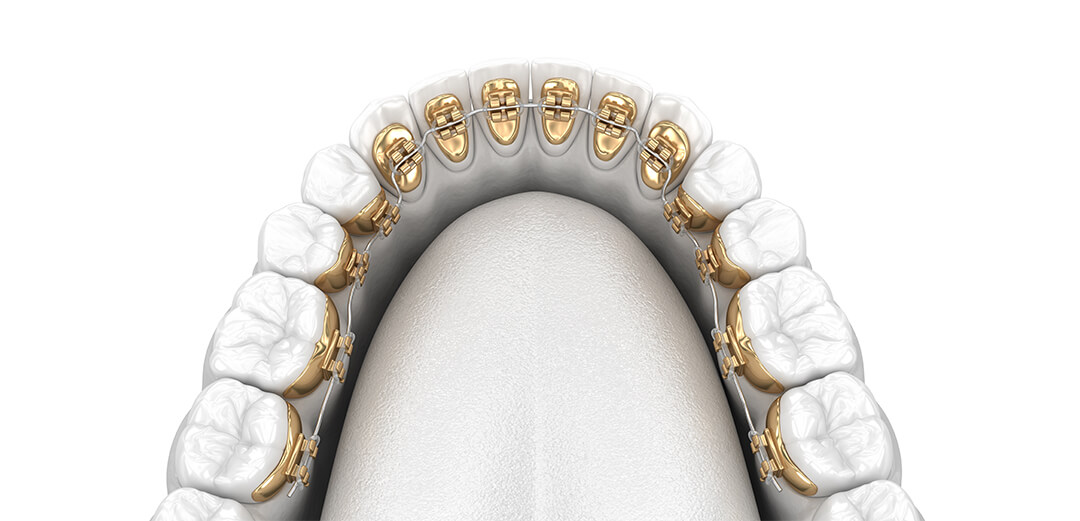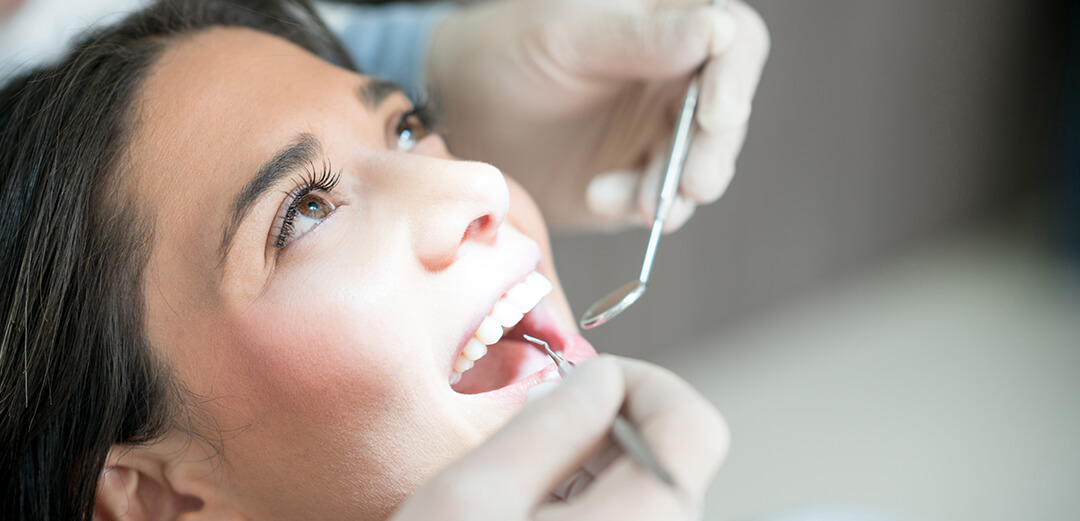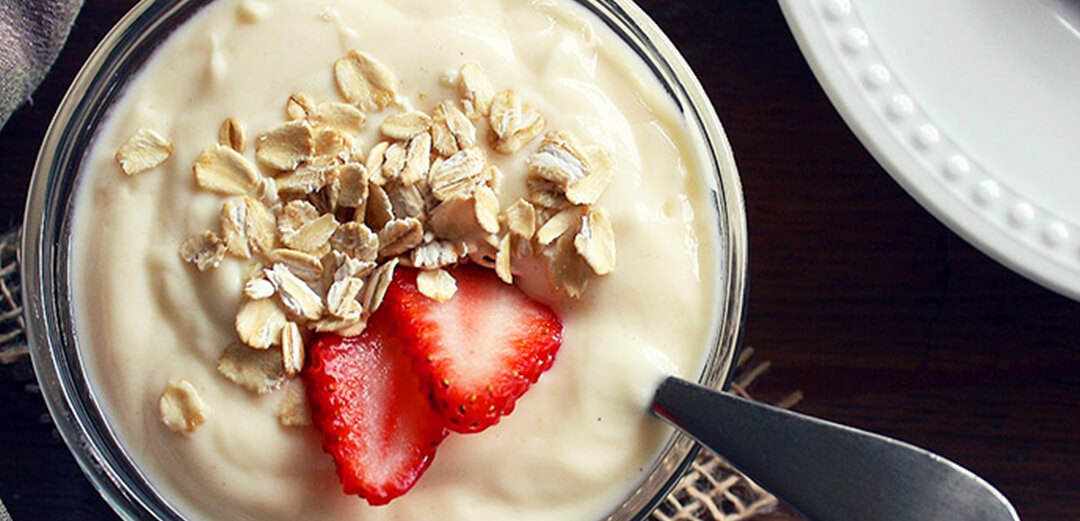Are you the type of person that doesn’t want people to know you are wearing braces? In this blog we will discuss some of the pro’s and con’s of choosing lingual braces over other appliances
What are Lingual braces?
Lingual braces often either Incognito or WIN, are metal braces that are fit behind your teeth to offer a discreet straightening process. They move the teeth in exactly the same way as traditional metal braces do, however, instead of there being pressure on the front of the teeth, it is on the back.
What are the pros?
As well as lingual braces being discreet, there is also a long list of other advantages that come with having this type of brace.
Precise
The braces are custom made for each patient which gives them the ability to give precise movements of the teeth, which will result in perfectly straight teeth.
Teeth won’t stain
For some patients the metal braces have stained their teeth and once their braces have been removed their teeth have had visible white squares where the brackets were placed. This can be caused by drinking strong tea or coffee or eating lots of red and orange foods such as tomato soup. With lingual braces, you won’t see these white squares.
Musical instruments
If you wear braces on the front of your teeth it may feel slightly uncomfortable when playing a brass or wind instrument. If you play a reeded instrument there is also the fear of cutting the reed on your metal braces which will stop you from being able to play. Lingual braces provide a comfortable, safe option for wind and brass players.
What are the cons?
While there are lots of advantages to choosing lingual braces, there are a few disadvantages.
Cost
The overall cost of lingual braces is more than ordinary metal braces and Invisalign. As they work in the same way and provide the same results as the more traditional type of brace, some people find they aren’t worth the money.
Soreness
As with every brace, you may feel some discomfort for a short time once they have been fitted but only for a few days, just while your mouth and teeth are getting used to being under pressure. Patients have mentioned a soreness to their tongue during lingual brace treatments as it is constantly rubbing against the braces. We recommend you apply a layer of orthodontic wax to your braces as it will help ease this discomfort.
Hard to clean
Cleaning behind your teeth is a lot harder than cleaning the fronts. We suggest you brush your teeth as normal then use tooth floss and interdental brushes to clean those hard to reach areas.
If you’re interested in choosing lingual braces, or one of the other appliances we have available, make sure you contact us on 01483 567772 and book a consultation.






